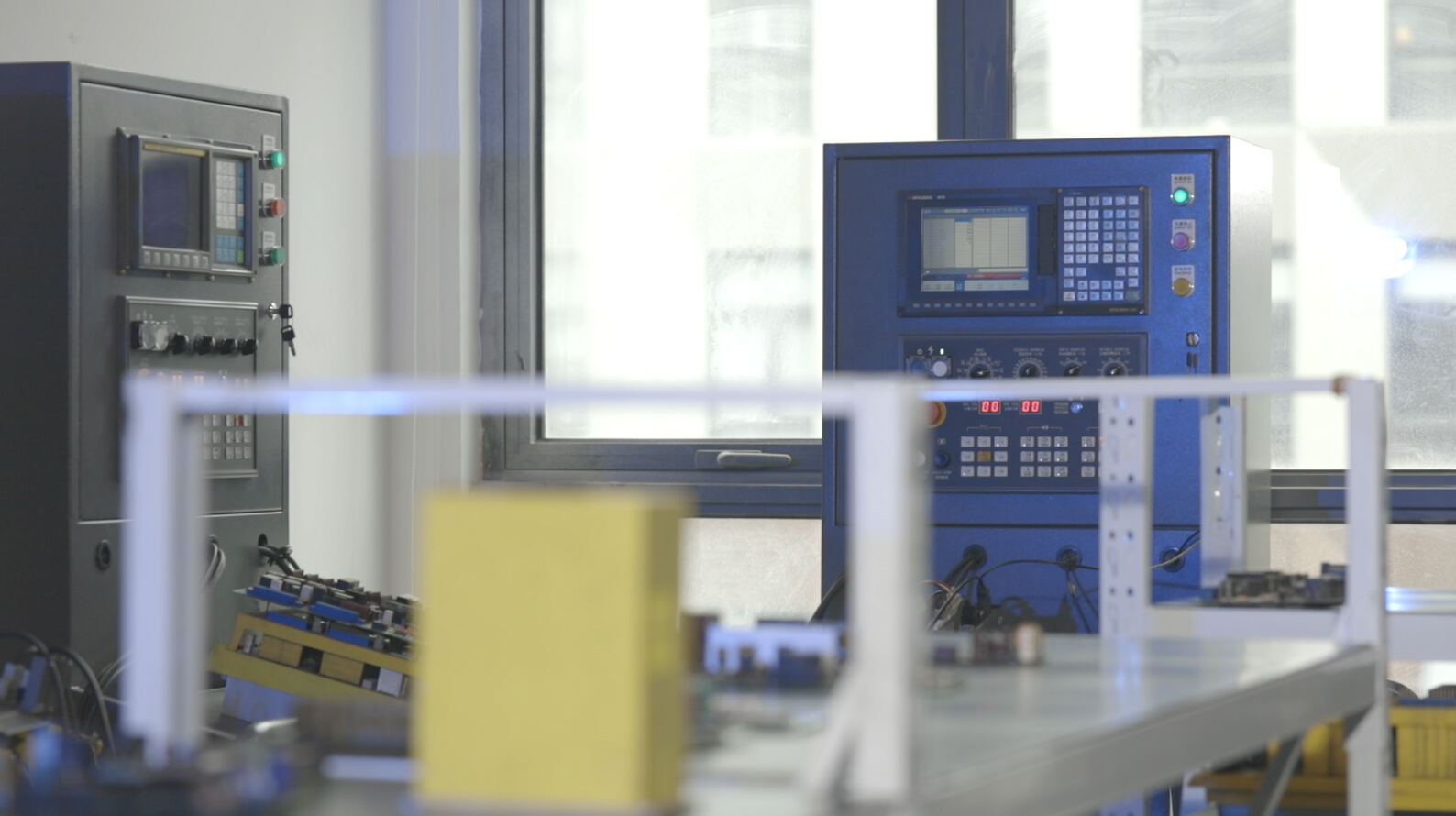Fanuc Common Alarm Causes and Processing Methods
The Fanuc alarm system plays a vital role in the operation of CNC machinery, providing real-time feedback on equipment performance and status. Understanding alarm codes is the basis for effective troubleshooting and maintenance.

Overview of Common Fanuc Alarms
Fanuc systems are equipped with a variety of alarm codes that indicate different types of faults or problems. These alarms range from minor warnings to serious errors, and each can be used as a diagnostic tool. The following are some examples of common alarms and how to handle them:
1. Alarm Code 1: Servo Overload
- **Cause**: Servo Overload alarms typically occur when the load on a servo motor exceeds its rated capacity. This can occur due to mechanical constraints, excessive cutting forces during machining, or incorrect parameters set within the control system.
- **Handling**: To resolve this alarm, first check for mechanical resistance in the system. Make sure the load is within acceptable limits and adjust the machine settings if necessary. If the problem persists, check the servo motor and wiring for damage and consult the machine manual for specific troubleshooting procedures.
2. Alarm Code 2: Servo Overheat
- **Cause**: Overheating can be caused by high ambient temperatures, insufficient cooling, or prolonged heavy load operation. A cooling system failure can also cause this alarm.
- **Handling**: To resolve this alarm, check the machine's cooling system for blockages or malfunctions. Temporarily reduce the workload and ensure that the machine is operating in a suitable environment. If necessary, clean or replace the cooling components to restore normal function.
3. Alarm code 3: Position deviation
- **Cause**: A position deviation alarm indicates that the machine has moved out of its programmed position, usually due to an encoder error, a gap in the drive system, or unexpected interference during operation.
- **Treatment**: To correct this problem, first recalibrate the machine's position settings. Check the encoder and drive mechanism for wear or damage. Regular maintenance checks will help prevent this alarm from occurring frequently.
4. Alarm Code 4: Servo Motor Failure
- **Cause**: This alarm may be triggered due to an internal motor failure (e.g., short circuit, damaged winding, or feedback system problem).
- **Handling**: First check the electrical connections to the servo motor. If the connections are secure but the alarm persists, the motor may need to be replaced. Perform a thorough inspection of the motor and refer to the manufacturer's guidelines for specific diagnostics.
5. Alarm Code 5: Phase Out
- **Cause**: Phase loss occurs when one of the three power phases is interrupted, usually due to an electrical fault or wiring problem.
- **Handling**: To resolve this alarm, check the power supply and connections to ensure that all phases are functioning properly. Use a multimeter to verify voltage levels. If a phase is lost, repair or replace the faulty wiring or component to restore power.
Other Common Alarm Codes
In addition to the alarms discussed, the operator may encounter several other alarm codes, such as those associated with communication errors, tool changes, or software problems. The table below can be consulted:
| 1 | Servo Alarm: Overload |
| 2 | Servo Alarm: Overheat |
| 3 | Servo Alarm: Excessive Position Deviation |
| 4 | Servo Alarm: Servo Motor Failure |
| 5 | Servo Alarm: Phase Loss |
| 6 | Servo Alarm: Zero Offset |
| 7 | Servo Alarm: Power Failure |
| 8 | Servo Alarm: Spindle Overload |
| 9 | Spindle Alarm: Overheat |
| 10 | Spindle Alarm: Overload |
| 11 | Spindle Alarm: Excessive Position Deviation |
| 12 | PLC Alarm: Abnormal Input Signal |
| 13 | PLC Alarm: Abnormal Output Signal |
| 14 | PLC Alarm: Program Error |
| 15 | PLC Alarm: Timing Error |
| 16 | Position Feedback Fault |
| 17 | Machine Emergency Stop |
| 18 | Machine Maintenance Reminder |
| 19 | System Failure: Data Corruption |
| 20 | Power Supply Failure: Main Power Loss |
| 21 | Network Failure: Loss of Communication |
| 22 | Spindle Brake Failure |
| 23 | Limit Switch Failure |
| 24 | Insufficient Coolant |
| 25 | Machine Movement Too Fast |
| 26 | Servo Drive Failure |
| 27 | Encoder Signal Abnormality |
| 28 | Disk Failure |
| 29 | Spindle Servo Amplifier Failure |
| 30 | Abnormal Spindle Current |
| 31 | Unstable Machine Condition |
| 32 | Hydraulic Failure |
| 33 | Fan Failure |
| 34 | Temperature Sensor Failure |
| 35 | Position Controller Failure |
| 36 | Low Battery |
| 37 | Backup Memory Fault |
| 38 | Load Sensor Fault |
| 39 | Machine Manual Mode Error |
| 40 | Decelerator Fault |
| 41 | Mains Overvoltage |
| 42 | Mains Undervoltage |
| 43 | Machine Bearing Fault |
| 44 | Cage Failure |
| 45 | Home Return Failure |
| 46 | Coordinate System Failure |
| 47 | Rotary Encoder Failure |
| 48 | Torque Limiter Failure |
| 49 | Collision Detection Alarm |
| 50 | Maintenance Time Overrun |
Conclusion
Implementing effective alarm management practices is critical to maintaining a CNC system. Regularly monitoring alarm logs can help identify recurring problems and trends. Training operators to recognize and respond to alarms in a timely manner will foster a culture of proactive maintenance, ultimately improving machine uptime and efficiency.
In summary, a thorough understanding of Fanuc alarm codes and their causes is critical to maintaining the reliability and performance of your CNC machine. By understanding common alarms and following best practices for alarm management, organizations can improve operational efficiency and reduce downtime. For expert help with your Fanuc system and customized solutions, contact Songwei today!



